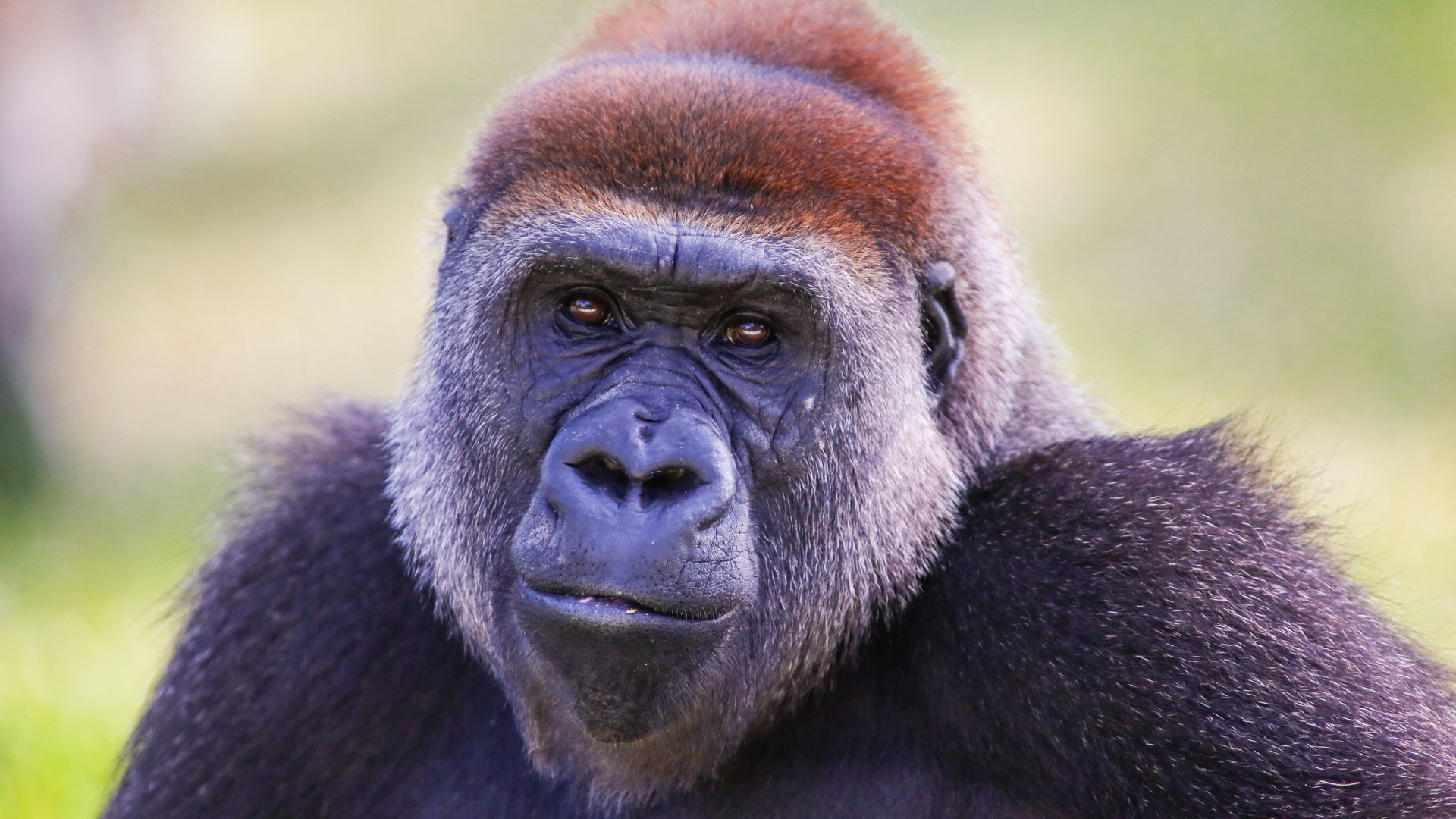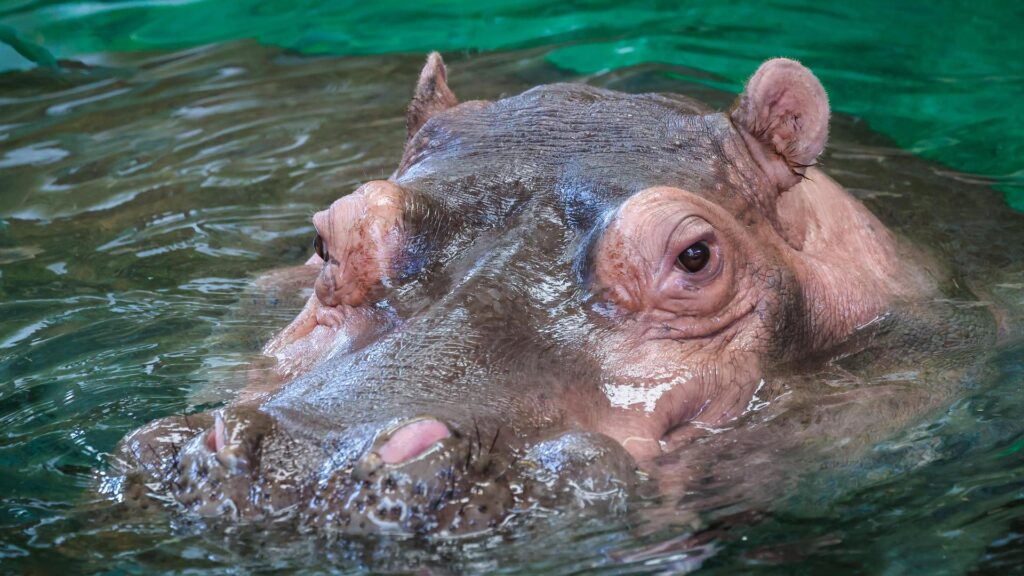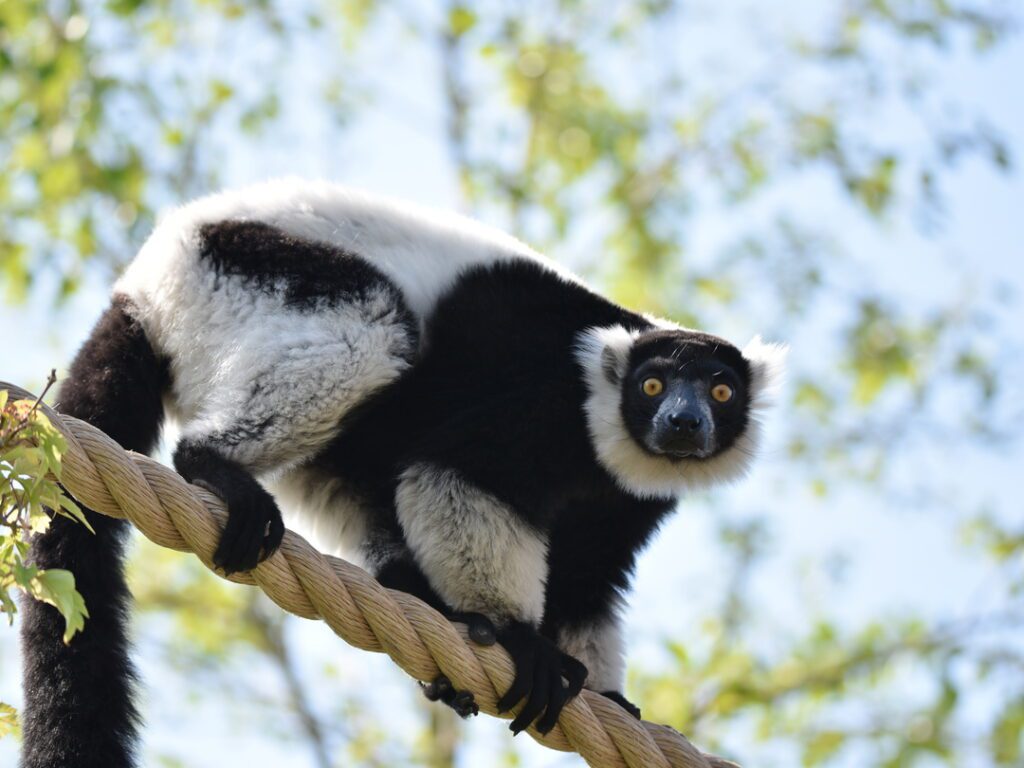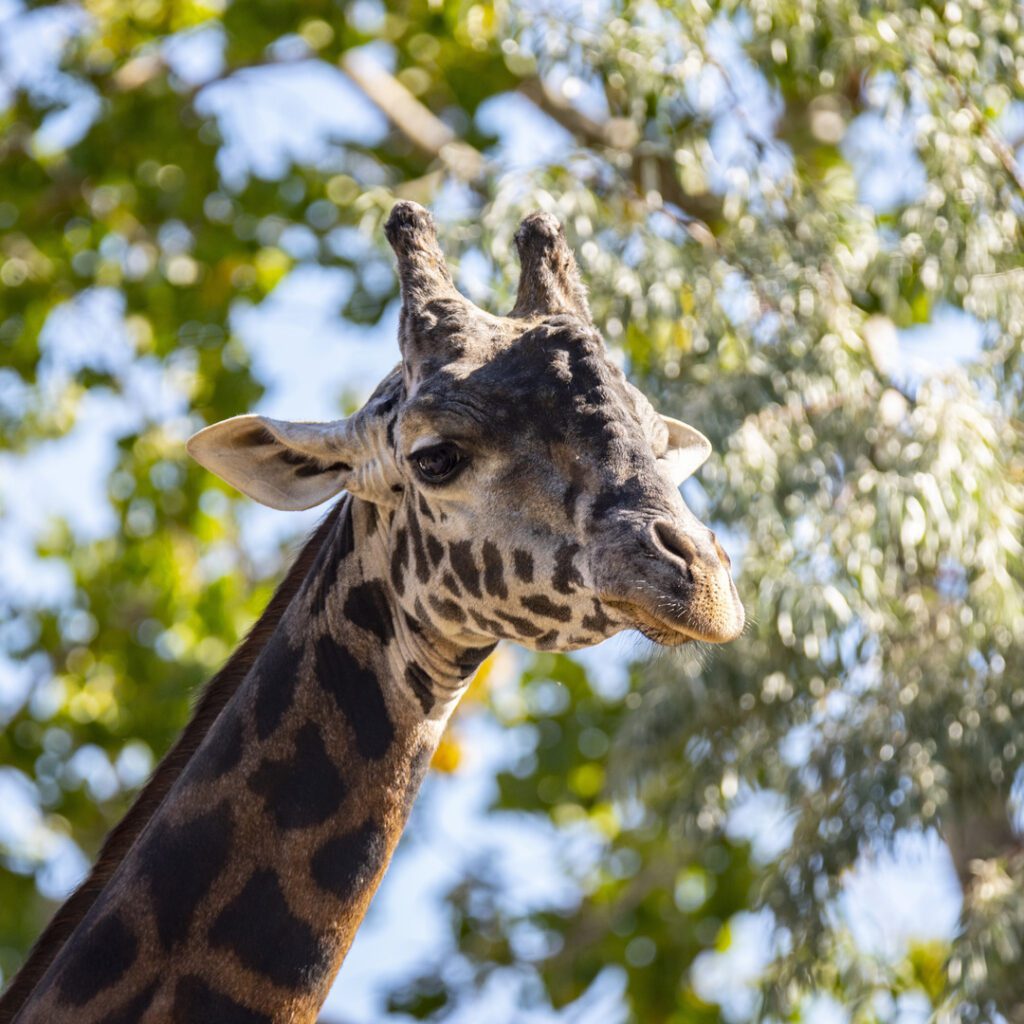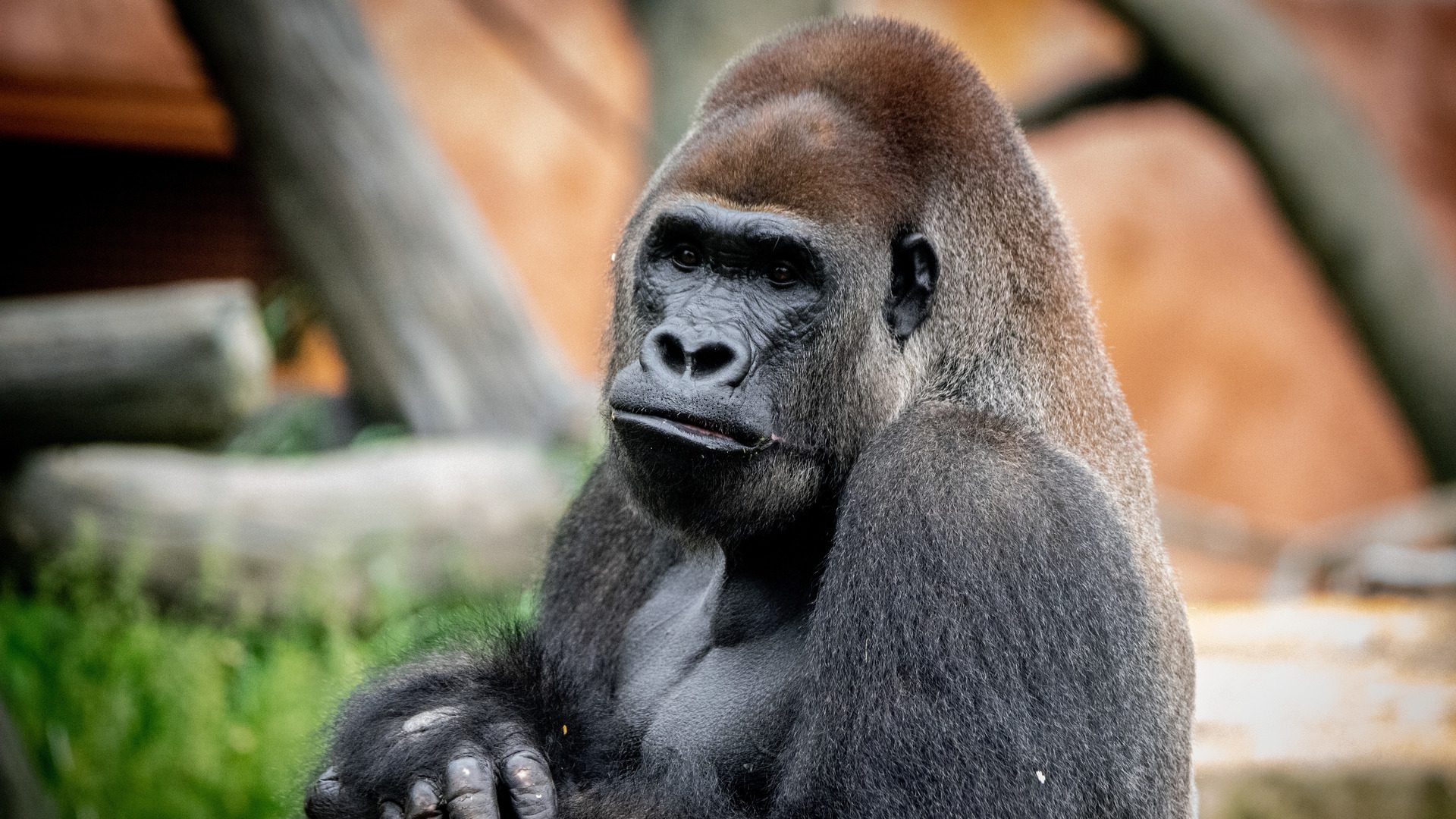
Western Lowland Gorillas
Gentle giants roaming thick forests
While these gorillas have impressive size and weight, western lowland gorillas are the smallest of the gorilla species. Living together in close-knit family groups, a gorilla troop is led by a dominant male called a silverback who has a saddle of silver hair on the small of his back. Gorillas can climb but typically keep to the ground and move around on all fours, walking on their knuckles.
- IUCN Red List Status: Critically Endangered (at extremely high risk of extinction in the wild)
- Type: Mammal
- Habitat: Tropical rainforests of central and western Africa
- Diet: Herbivore – leaves, shoots, and fruits
- Size: 1.2 to 1.5 metres tall
- Weight: 68 to 181 kilograms
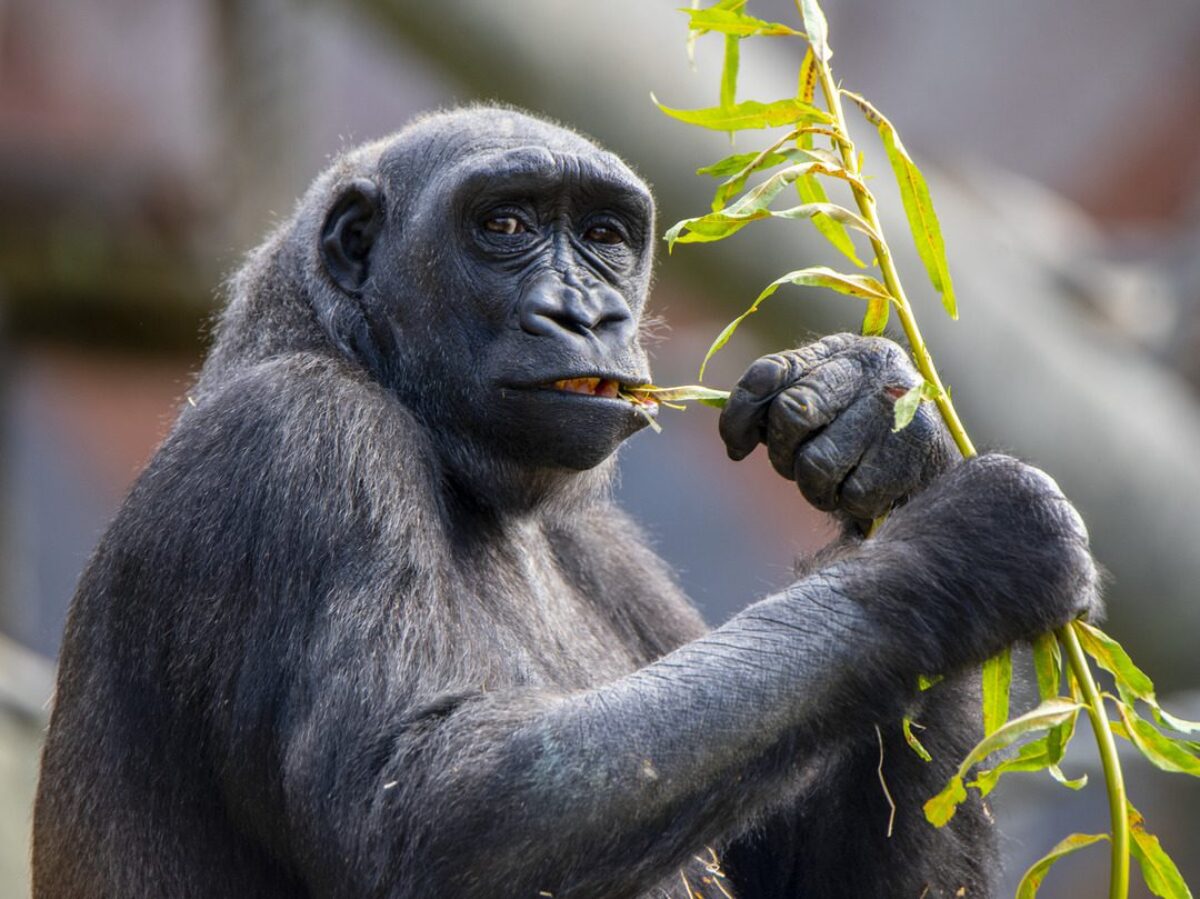
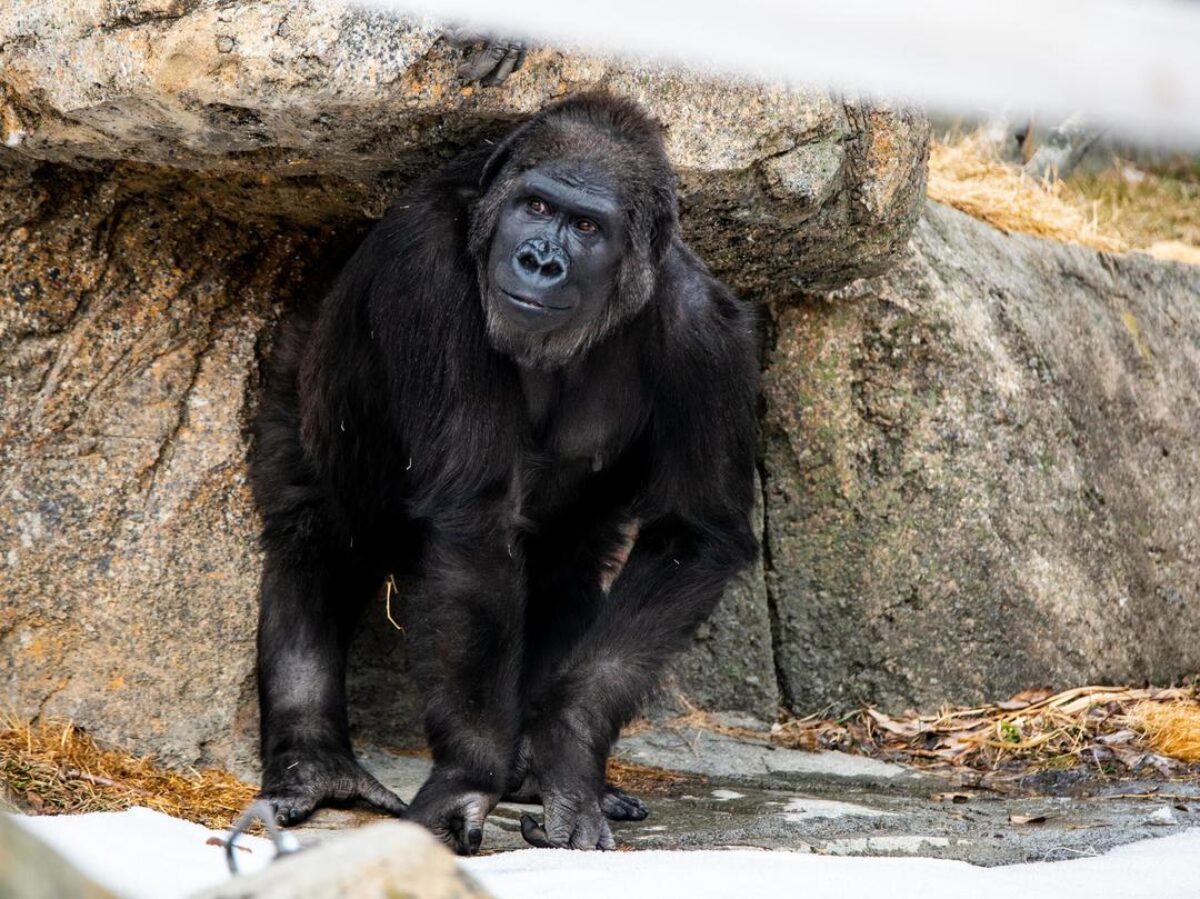
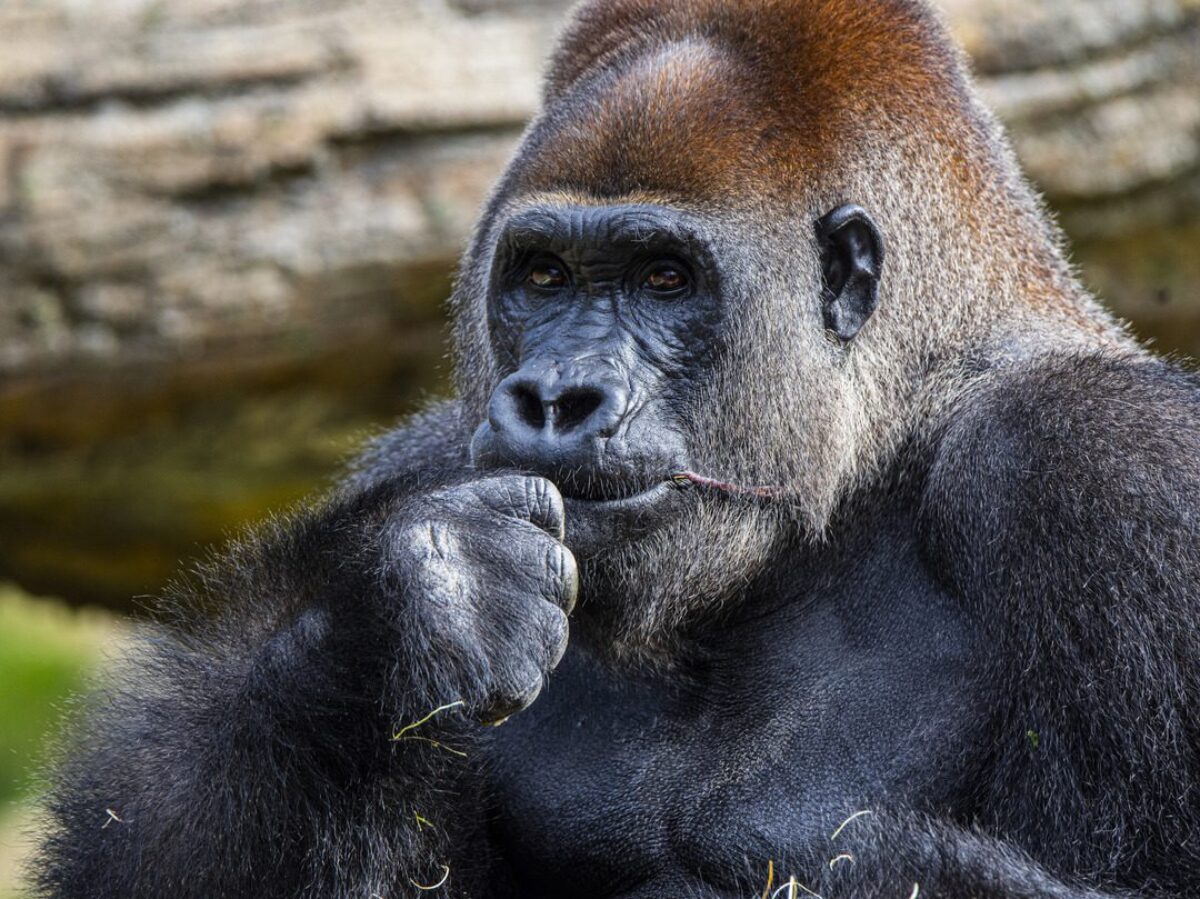
facts about our animals
Fun Facts about Gorillas
Silverback gorillas are responsible for leading the group in nesting, eating, and traveling across their native range.
These gorillas are typically quiet animals but have up to 22 different kinds of vocalizations.
Newborn gorillas only weigh 1.8 kilograms and ride on their mother’s backs, chest, and legs until they are three years old.
Western lowland gorillas are distinguished by a prominent ridge on their brow.
An adult male will eat 18 to 22 kilograms of food every day, while an adult female will eat between half and two thirds of that amount.
Gorillas have unique nose prints in the same way that humans have unique fingerprints.
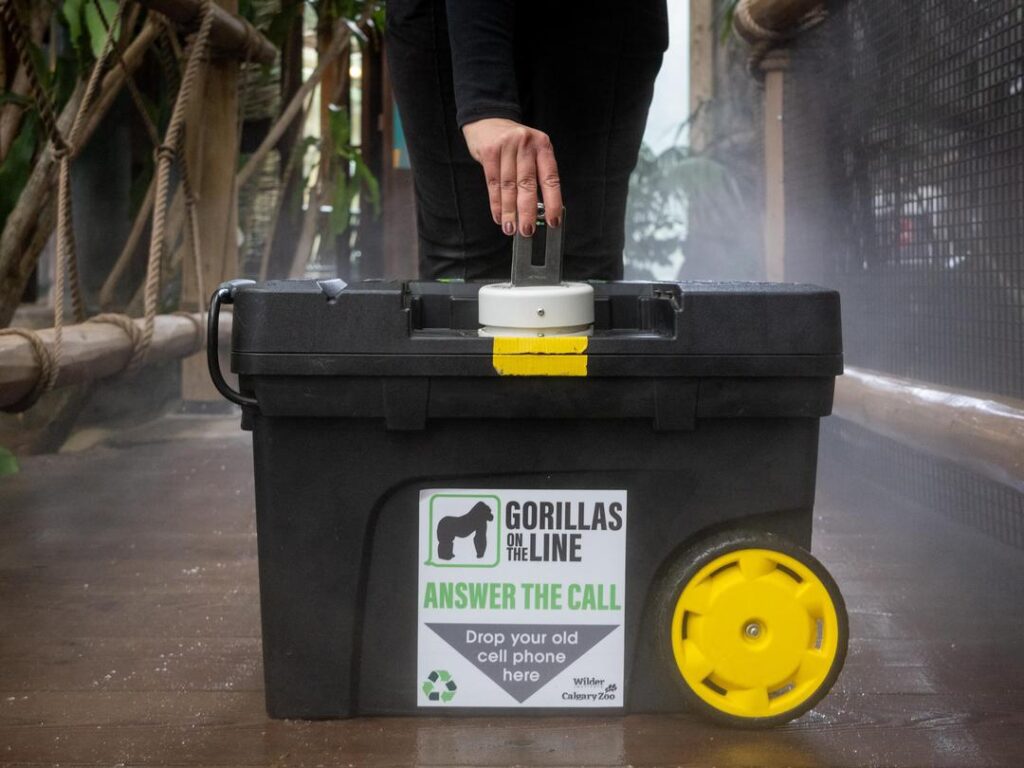
How You Can Help
Gorillas on the Line
The mining of the ore coltan to build cell phone parts is leading to the habitat loss and endangerment of gorillas in the Democratic Republic of Congo. By recycling electronic devices through Gorilla SAFE programs, we lessen the demand for coltan and help protect gorillas in the wild.
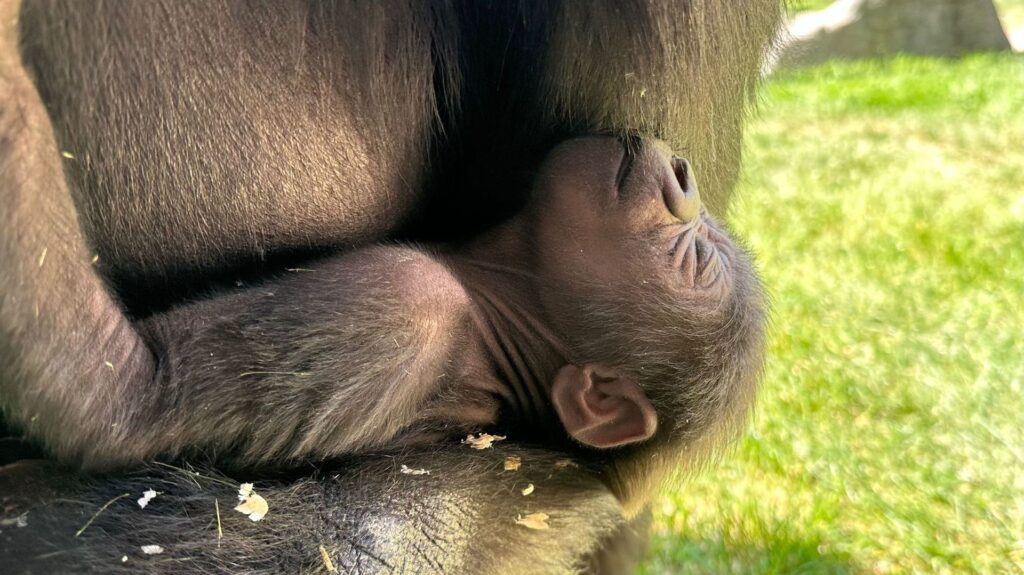
Donate
How you can help
Your donation makes a world of difference. With support for animal care, conservation programs, and education, you’re making the world wilder.
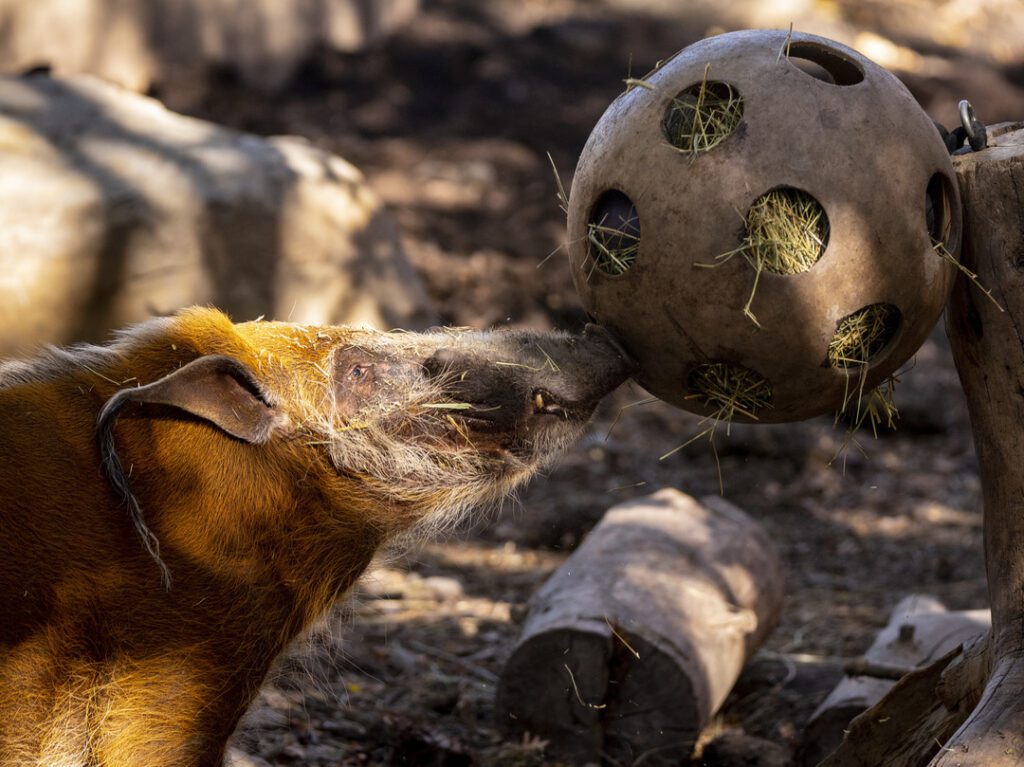
Plan your visit
Get close to wildlife
It’s time to make some memories. Here’s everything you need to know to plan an unforgettable day at the zoo.

